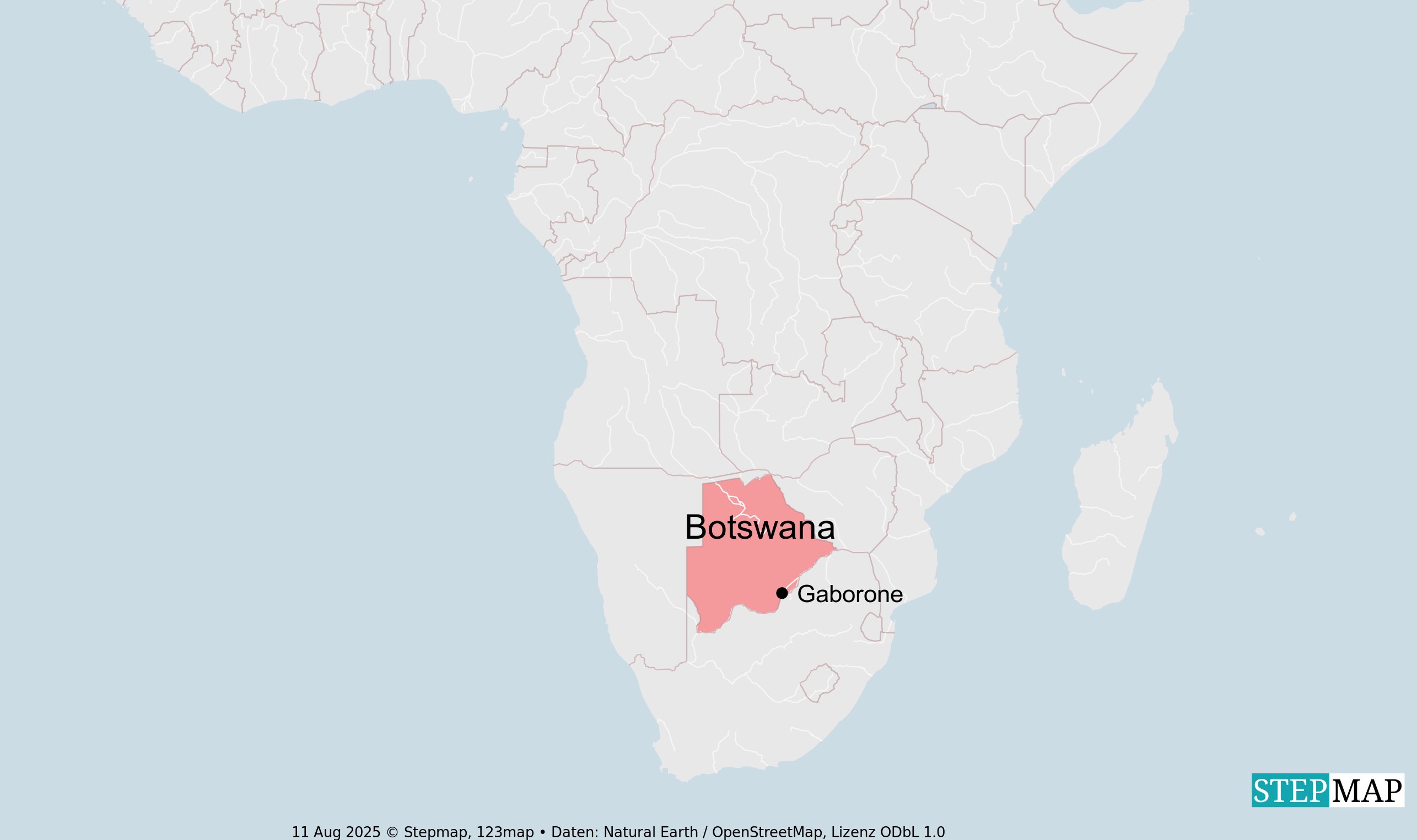Food industry
Loss and waste

To judge merely by the numbers, sub-Saharan Africa wouldn’t need any grain imports if it could reduce the amount of food it loses after harvest. The African Postharvest Losses Information System (APHLIS), which was initiated by the European Commission in 2008, estimates that the food wasted annually is worth about $ 4 billion. This sum corresponds to the average annual expenditure on grain imports (2000–2007), and is more than the total value of food aid the region received in the past decade.
Around 20 % of the losses occur between harvest and processing – during threshing, storage and transportation. For fruit and other easily perishable products, the ratio can be twice as high, excluding indirect losses in terms of operational costs, manpower and wastefully used resources like land and water.
When food prices rose dramatically five years ago, international policymakers concerned with agriculture and food took notice of the post-harvest losses. The idea was to improve the standard of life of millions of people by reducing these losses, and to protect the environment by using scarce resources such as land and water more productively.
The World Bank publication “Missing food” sees reducing post-harvest losses as a “key element to meet the growing food and energy needs of the world.” Agencies like the UN Food and Agriculture Organisation (FAO) and the Global Donor Platform for Rural Development have begun numerous projects. The FAO and the African Development Bank, for example, provided $ 1.7 billion to a programme in Africa designed to curtail post-harvest waste.
At first glance, this approach seems to make sense. The snag is that, in most countries of the global South, one does not know how large post-harvest losses really are, whether they can be reduced, and whether doing so would actually help the needy (see box below). Unfortunately, the efforts of most large aid organisations seem to be missing the mark.
Private sector as all-purpose weapon
To date, international aid agencies have been focussing on the private sector. There are, indeed, shared interests. In recent years, industrial-scale food production has expanded, and multinational supermarket brands and corporate interests are controlling more and more of the supply chain in agriculture and food processing. Their interest in limiting food waste at the very start of the commodity chain is growing. Moreover, they are especially interested in goods for which losses are very high: easily perishable products such as fruit and vegetables, milk and meat.
Aid organisations recommend including farmers in the industry’s marketing system. GIZ, for example, considers cooperation between farmers and their private-sector customers, such as processing companies and supermarkets, the silver bullet to minimise losses.
The aid agencies, however, tend to neglect that food security basically depends on staple foods like rice and root crops such as cassava, which are all of little interest to corporations. Moreover, smallholders and other poor farmers typically cannot meet the requirements of industrial processing, such as products’ uniform size and shape.
Aid agencies are also cooperating with the packaging industry. The FAO campaign “Save food” is an example. To expand its market, the packaging industry will happily provide clients all over the world with cooling systems, extensive storage facilities and packaging that is designed to meet the requirements of supermarkets. Competent packaging ensures that less food spoils on its way from producer to consumer.
But even here, it is important to pay close attention. In the food industry, technological and logistical innovations basically serve farmers who produce surpluses they can market – and only if they have the capital to shoulder the necessary investments. Smallholders and other poor farmers are not among them.
Throw-away mentality
Another snag is that involving smallholders in the international food supply chain does not necessarily mean reducing the total amount of wasted food. A lot of food is wasted further down the value chain.
Films like “Taste the Waste” and numerous studies show that the amount of food wasted in industrial processing or at the retail and consumer level may be even greater than farmers’ post-harvest losses. Moreover, one needs to factor in the costs of international food transports.
The first thorough inventory for Germany, which was commissioned by the Federal Ministry for Agriculture (BMELV) and published in 2012, concluded that every year 11 million tons of food end up in the garbage. Much of it would still be good for consumption. Almost two-thirds of the alleged waste came from private households, and only 22 % from trade and industry.
The study does concede, however, that the losses in trade and industry may be greater. In processing, some 210,000 to 4.6 million tons may be wasted annually, and the respective figures for the wholesale and retail sector are 460,000 to 4.8 million tons. The wastage in marketing and processing may thus actually exceed the wastage in private households. None of this is surprising. An economy designed for growth, quantity and revenue will not only constantly produce more goods, but also result in loss and waste. After all, it breeds a “throw-away mentality.”
Contradictions
The debate on reducing food losses is marked by contradictions. The contribution to fighting hunger and poverty isn’t known and probably quite small, though some may claim otherwise. To reduce hunger and poverty, policies should tackle the roots of the problem, focussing on places haunted by hunger. Instead, policymakers are promoting the expansion of an industrial food system, where waste and the production of waste are virtually built-in.
It is certainly of vital importance to provide smallholders with technology to stem crop losses. It is equally true that involving smallholders in commercial markets is essential in the fight against hunger. However, technologies must not be too expensive or too labour intensive. They must be tailored to the needs of the target group. It makes sense, for instance, to use local materials such as clay and wood for storage facilities, or to rely on simple processing methods that make food last longer. By contrast, rice threshers for $ 5,000 or rat control measures that cost a third of the harvest revenue are hardly useful.
In particular, small farmers need better conditions for their operations. They need land, water, seed and market access. Most of them can hardly afford to submit to big business’ demands for standardisation however. First of all, smallholders must supply local markets. If development policymakers seriously want to fight hunger, they should make sure their measures serve this specific target group.
Uwe Hoering works as a freelance journalist on development topics, focusing on the global agriculture industry. He runs the website Globe-spotting.de.
hoering@globe-spotting.de
http://www.globe-spotting.de












